Onsen Etiquette – A foreigners guide to using a Japanese hot spring
- Japanese for hot spring
- Step 1: Preparing to go to the onsen
- Step 2: Entering reception and paying
- Step 3: Store your things and get nude
- Step 4: Washing and showering before entering the hot baths
- Step 5a: Using the sauna
- Step 5b: Onsen – Using the hot baths, the true hot spring in Japan
- Step 6: Leaving the onsen
- Step 7: Relaxing after the bath
Visiting a Japanese onsen (also known as a hot spring or public bath) is a relaxing and therapeutic way to spend a few hours (or an entire day!).
In Japan, people go to an onsen to relax, to meet with friends (and yes, hang around and chat or watch TV while soaking naked in the water) or just to get clean.
There are many different types of onsen or public baths. The major difference is the one you visit may be a natural hot spring (usually found in the mountains or somewhat countryside areas) or an imitation hot spring (which can be found in cities and hotels).
Read on for step-by-step tips on how to use Japanese onsen…
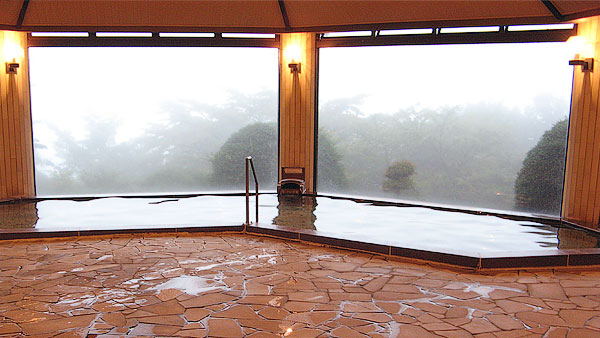
Generally all Onsen have the same things in common:
- Onsen, unless they are private (e.g. like in a ryokan or hotel), have separate male and female sections. So if you are going with a boyfriend/girlfriend or husband/wife then remember to set a time to meet outside the onsen.
- After you pay and enter your section, there is a locker room to strip off and store your things. In this room there might be some scales, it is interesting to weigh yourself before and after.
- The shower area has rows of cubicle type areas, with a detachable shower head, plastic stool and bucket, shampoo, conditioner and body soap.
- After showering, you can then proceed to the hot bath. There may also be a cold bath and sauna, and any other number of different baths.
- The majority do not allow you to enter if you have a tattoo, or a visible piercing that isn’t the usual ear piercing.
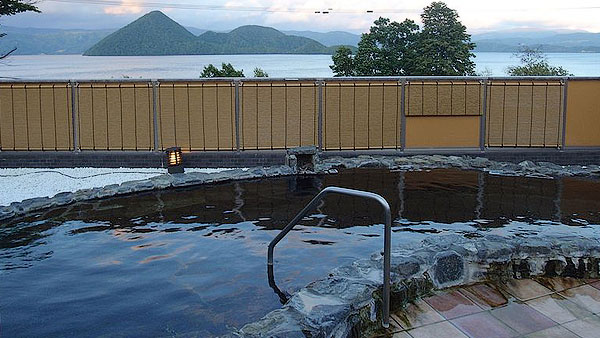
Japanese for hot spring
You probably know by now that onsen is Japanese for hot spring bath. On your travels, look out for the kanji for onsen: 温泉.
What you really want to find is a natural onsen, or tennen-onsen: 天然温泉. This type of onsen is “natural”, meaning the hot water and minerals come from a natural hot spring well. The normal onsen – i.e. not the natural ones – contain water which is treated to feel like a natural hot spring, being heated and having minerals added to it.
Step 1: Preparing to go to the onsen
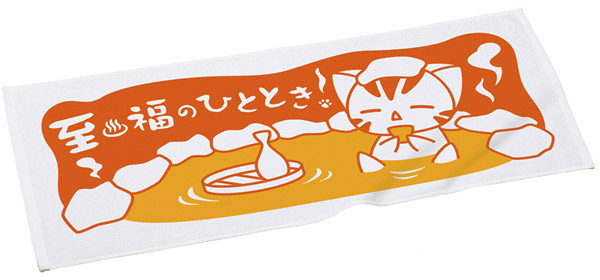
Here is a checklist of things to bring with you to the onsen:
- Hydrate, especially if you plan on using the sauna. You will sweat a lot, even though most of the time you won’t realise it.
- Money, generally an onsen session is anywhere from 400 to 800 Yen.
- “Nobi-nobi”, this is like a body towel for cleaning during a shower, you can buy these from supermarkets or convenience stores. Sometimes there is a vending machine at the onsen that has them.
- Small towel, about the size of a tea-towel, you use this to sit on in the sauna or to put over your face (or hide your private bits if you are shy).
- At some large onsens there will be a vending machine where you can buy anything that you need that they don’t have, like razors, nobi-nobi, small towels, boxer shorts, shampoo, body soap and much more!
- Normal bath towel, to dry yourself when you are finished.
- Fresh, clean set of clothes. You will be very clean and relaxed when you finish so it feels good to have clean clothes on.
* I’ll insert a photo of my “onsen pack” next time I visit the local hot spring.
Step 2: Entering reception and paying for your time at the onsen

New or old, the entrance and reception at all onsen will require you to:
- As always, remove your shoes. Most onsen do not have guest slippers, as you wouldn’t be wearing them for long. So you will walk around with bare-feet or socks for now. At reception you’ll usually find foot lockers to store your shoes – pick a locker and take a key.
- Pay for your session at reception. At some onsen there is a ticket machine near the reception desk.
- Make your way to either the male or female section.
Step 3: Store your things and get nude
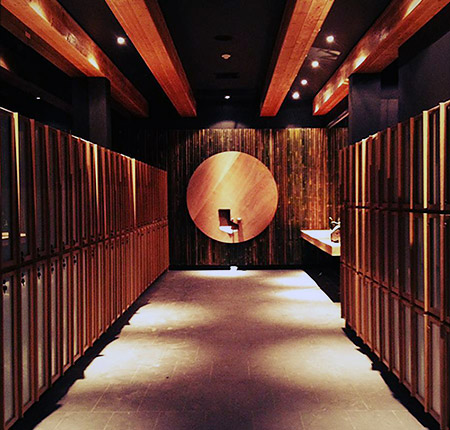
Although not required, 99.9% of people who visit a hot spring in Japan get nude. If you feel shy, just remember this… bathing in onsen is a tradition in Japan dating back hundreds, perhaps thousands of years ago. No-one stares at your “bits” and really, if you do wear clothing you will be the odd one out.
- You will enter a locker room, choose a locker.
- Take out your nobi-nobi (or similar) and your small towel (plus whatever else, razor, special shampoo etc). Usually there is a small plastic container to put everything in so you don’t have to come back to your locker.
- Get nude, stash your clothes and lock the locker. They keys provided generally have some form of a band to put around your ankle or wrist.
- This can be very interesting, go weigh yourself, there are usually scales in the change room. You can then weigh yourself when you return after using the sauna and baths.
- Head towards the showers.
Step 4: Washing and showering before entering the hot baths
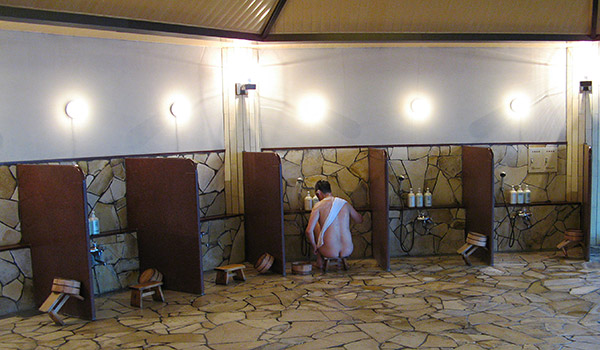
This is a very critical step. Being the nature of Japanese people in general (i.e. the tolerance they give to foreigners), if you missed this part they probably wouldn’t say anything, but they would grumble and make snide remarks amongst themselves.
- Before the showers and the onsen there is usually some water (it could be a small fountain, or a large wooden keg type container) to rinse yourself with before entering the showers. Rinse yourself off and then go to a shower.
- At the shower you will likely find a plastic stool, plastic container, shampoo, conditioner and body soap. Use the detachable shower head and container as you wish. Put some body soap on your nobi-nobi then clean your body, wash your hair and shave too if you wish. You can pat yourself down with the small towel before leaving the shower area.
- If you took a small container then you can leave your nobi-nobi, razor and everything else except your small towel in this. There is usually a place to store it so you don’t have to go back to your locker.
- Next head toward the sauna (step 5a) or onsen hot baths (step 5b).
Note, that there is no specific order for which you use first, the sauna or the hot spa. If you wish you can just do one, or if you just came here to clean you can use the shower and then leave.
Step 5a: Using the sauna
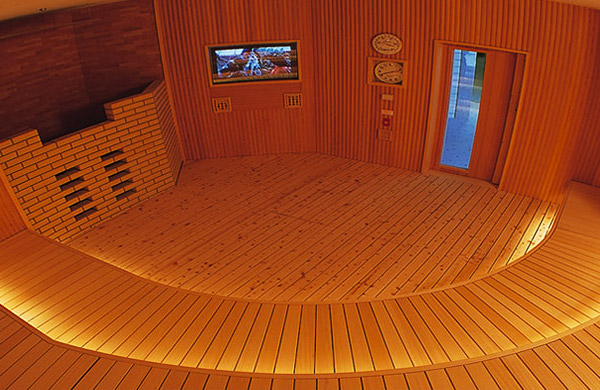
I’ve never been to an onsen that doesn’t have a sauna, use these tips to make sure you’re using it right!
- I learnt this one the hard way (after hearing some remarks from some old Japanese men)… When you are in the sauna, you must sit on your small towel. So basically, no bare bums on floor!
- There will be a water fountain somewhere near by if you get thirsty.
- When you enter, to best warm-up to it, head to the lowest step and lie down. Then after a while, slowly sit up. Always move around slowly in a sauna. As you get used to it, move higher up to experience more of the heat.
- When you exit the sauna, either splash cold water on yourself or enter one of the cold baths. This has many therapeutic and health benefits, so grit your teeth and go with it!
Step 5b: Onsen – Using the hot baths, the true hot spring in Japan
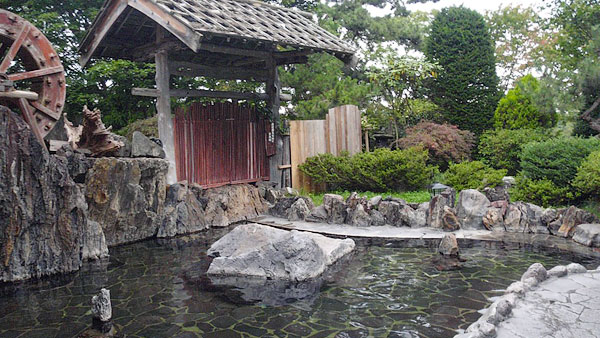
Onsens can vary greatly. There may simply be one large hot bath. Usually there are several arranged in various areas, indoors and/or outdoors. As such, there is really no fixed method in using these, just relax and find a hot bath that you like. The water temperature seems to be about 39 degrees celsius.
I have been to some onsen, where you sit outdoors (surrounded by a large fence) and bathe in natural rock formations. There is usually an outdoor and indoor area. If it is not a natural hot spring, they will usually mimic a natural rock formation setting. Some have large single person rock tubs to sit in, rock seats where water pours down your back, rock “beds” where you are semi-submerged in water and tatami mat area to lay on and dry off.
Generally be mindful of others. Don’t splash or jump into a hot bath, especially if someone is already in there! It is fine to chat, just don’t be shouting or act too drunk.
Finally, don’t put your towel in the water. As you’ll see the Japanese people do, when they are in the baths the small towel is usually placed on the head or used as a small pillow. Never soak your towel in the water, it’s considered somewhat unsanitary.
Step 6: Leaving the onsen
Once you are finished, and this can take anywhere from 2 – 3 or more hours, head to the area where you first rinsed yourself off, before the showers. Rinse yourself off again and then pat yourself down with your small towel. You don’t have to be completely dry, just don’t be dripping wet when you head back to the locker room.
After this, go weigh yourself again. On average I would lose at least 250grams (probably mostly water due to sweating). Then head toward your locker, get your large towel and dry off completely. In this area you’ll usually find a hair-dryers, combs, hair-lotions and more.
Put your clean clothes on, take everything out of the locker and you’re done.
Hopefully now you are super relaxed. If you don’t plan to stay, head toward the exit and pickup your shoes.
I’m usually super hungry after all this! The good thing is, you don’t have to wait long to relax with a snack or even a sneaky beer…
Step 7: Relaxing after the bath
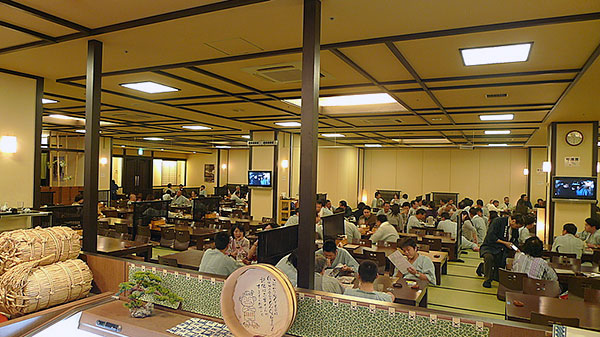
If you didn’t get enough relaxation in hot baths, or if you’re not quite ready to stop unwinding, onsens usually have large areas for sitting (often napping), drinking, eating, reading, and many have massage and beauty services.


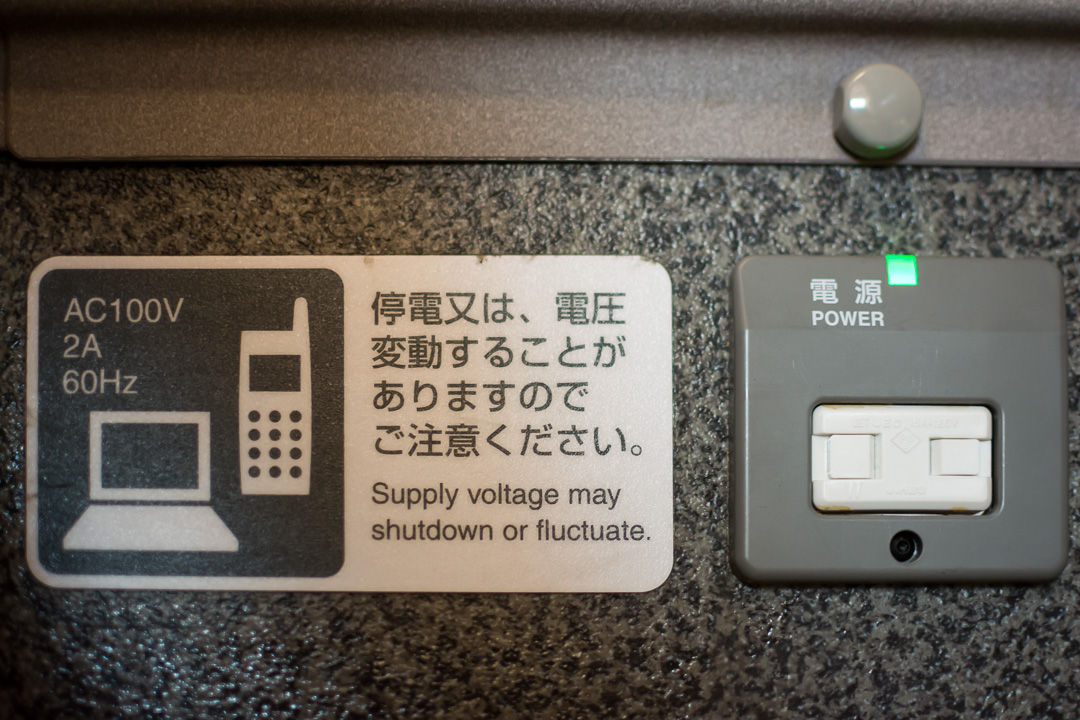

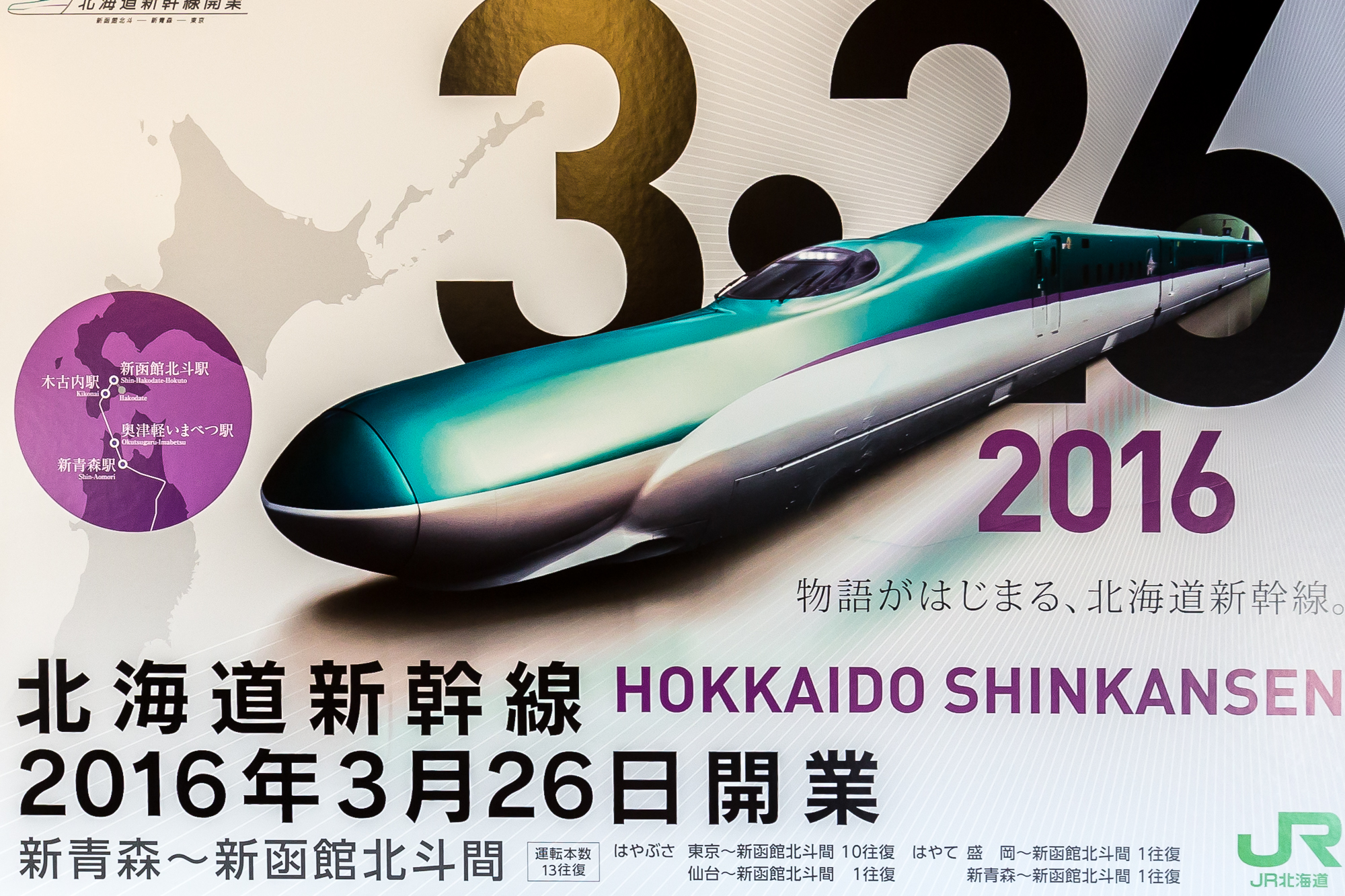
I love a good natural onsen and there are some great ones in the mountains around Gifu/Nagano in Japan. Some great tips there on Onsen Etiquette. It took me a few goes of visiting onsens and public baths to pick them up, but worth knowing.
Howdy I am so grateful I found your webpage, I really found you by accident, while I was looking on Digg for something else, Nonetheless I am here now and would just
like to say thanks for a incredible post and a all round entertaining blog (I also love the theme/design),
I don’t have time to look over it all at the moment but I have book-marked it and also added your RSS feeds, so when I have time I will be back to read a great deal more, Please do keep up the fantastic work. regards Propolis